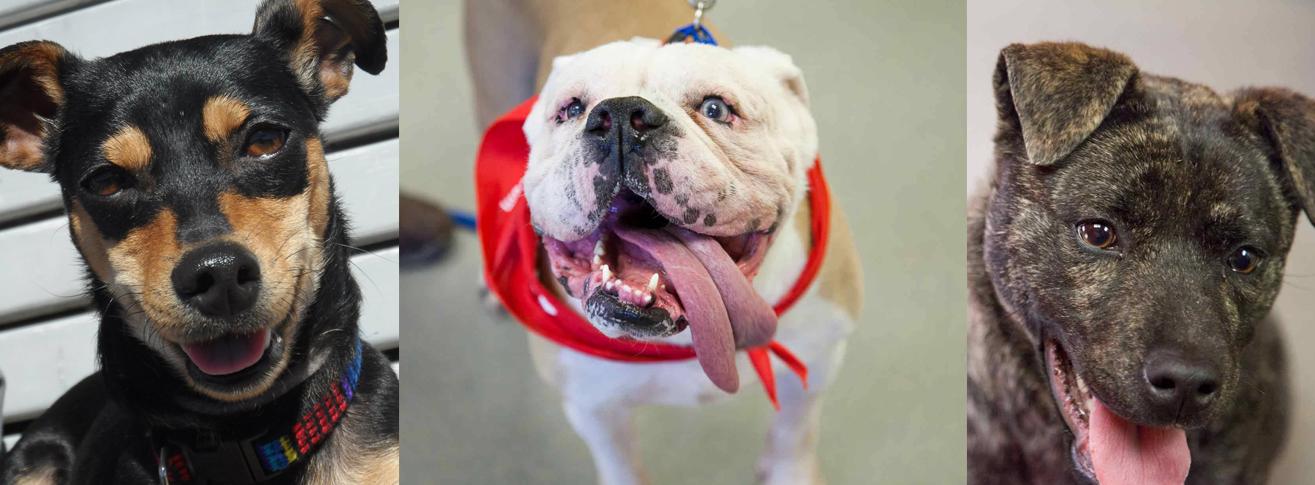Preventing Your Dog from Chasing the Cat
Chasing is a natural instinct for a dog, but it is not appropriate behavior in your home when directed toward your cat. The following guidelines can help you deal with this behavior through management (preventing the problem) and training (motivating the dog to change his behavior).
Management means arranging the environment to prevent the behavior. Ideally, this happens right from the start, so your dog never has the opportunity to act inappropriately, and your cat doesn’t have to endure it! Prevention of the inappropriate behavior is very important, since cat-chasing is a self-reinforcing behavior (i.e., the more the dog chases, the more he wants to repeat it). So, if you’re introducing a new dog or cat to your household, please read the resource called “Introducing a Cat and a Dog.”
If at any time during the introduction process, the dog barks, fixates on the cat or tries to chase the cat, give the dog a time-out. You’ll also want to use the time-out process if you have a dog who has already made a habit of chasing cats. A time-out involves removing your dog from the situation so he cannot continue practicing inappropriate behavior.
So, decide on a time-out room (a bathroom, for example) in advance. The instant your dog starts to behave inappropriately toward your cat (chasing the cat or whining), calmly tell your dog “time-out,” then go to him and lead him by the collar or leash to the time-out room. You should act and speak calmly to avoid arousing the dog even more. After a minute or two, release your dog from the time-out in an equally low-key manner. If the dog comes back from a time-out and repeats the inappropriate behavior toward the cat, he should immediately go back to time-out.
To increase the chances of success, reward your dog for desired behavior. Reinforcing appropriate behavior teaches your dog what you want him to do (i.e., behave appropriately around your cat). Prepare a ready supply of great-tasting training treats — small bits of whatever food your dog finds most enticing. As soon as your dog looks away from the cat, praise him profusely and give him a treat. Repeat every time your dog ignores the cat. Your dog will learn that whenever he sees your cat, rewards are forthcoming from you if he looks away from the cat. You are training your dog to perform a certain behavior upon seeing the cue (the cat). Just make sure the treats you are giving are more desirable to your dog than the fun of chasing the cat!
Once you’ve established what you want your dog to do (ignore the cat) and you’ve built a reward history for that behavior, you may choose to allow the dog more freedom around the cat. At some point, you may need to help your cat change her association with your dog by feeding her tasty kitty treats while she’s in the dog’s presence. (During this exercise, make sure the dog can’t chase the cat.) Also, modify the environment so that your cat has a safety zone, a place that is inaccessible to your dog. Set up baby gates to create safe rooms, provide lots of high perches for your cat, and always supervise your dog when the cat is around.
If the chasing persists, the motivation for your dog could be boredom or he could need more exercise. So, give your dog appropriate outlets. For instance, make sure he gets plenty of physical exercise, like running off-leash, playing with another dog friend, playing fetch with you, or swimming. A tired dog is a good dog, and tired dogs do much less chasing. Also, provide a variety of appropriate chew toys. Some ideas for appealing chews are stuffed Kongs, pressed rawhide and frozen broth. For mental stimulation, teach your dog basic cues or tricks. A reward-based training program will teach your dog to listen to you, provide him with alternative behaviors to perform, and exercise his brain.
In summary, prevent the problem from occurring; be consistent in training and reward appropriate behavior; be persistent with instituting the time-out as a consequence for inappropriate behavior; and make sure your dog’s social, physical and mental needs are being met. Finally, never leave your dog alone with the cat unsupervised, since behavior can never be guaranteed.

